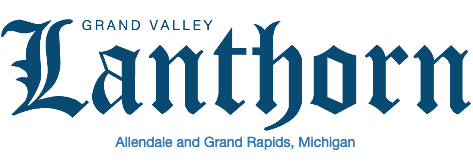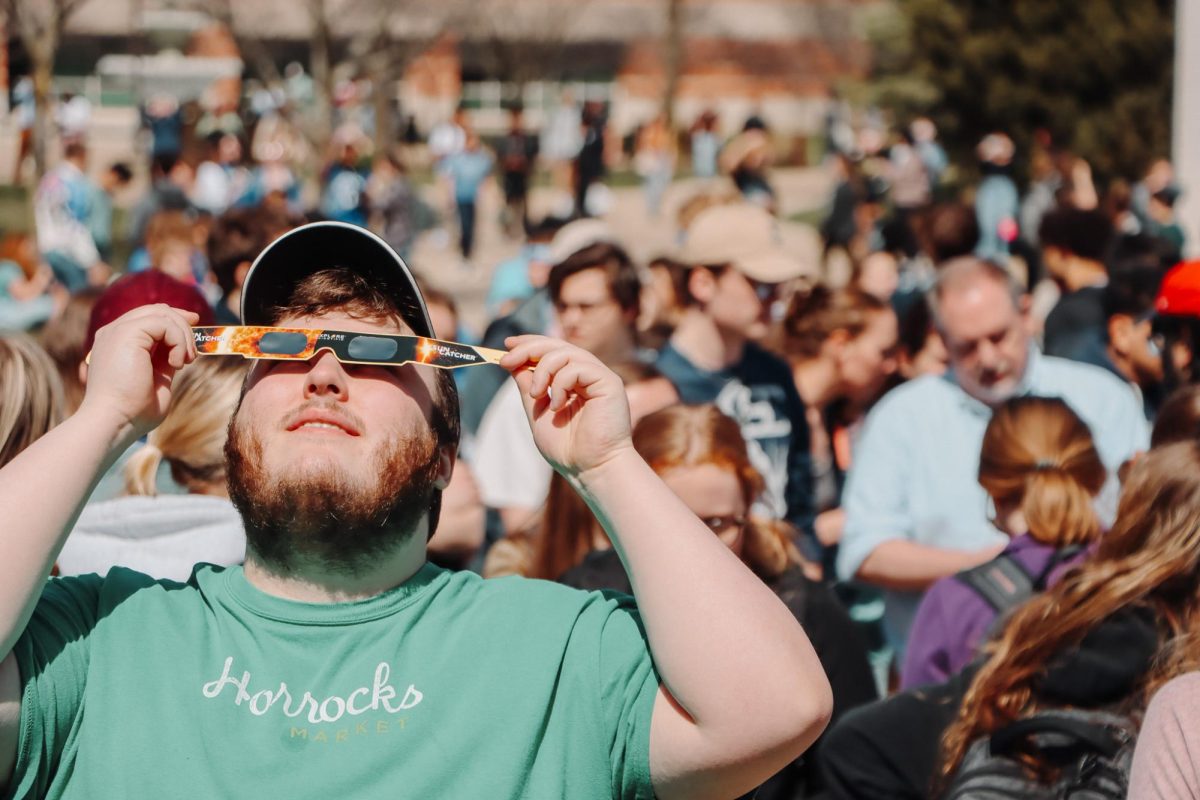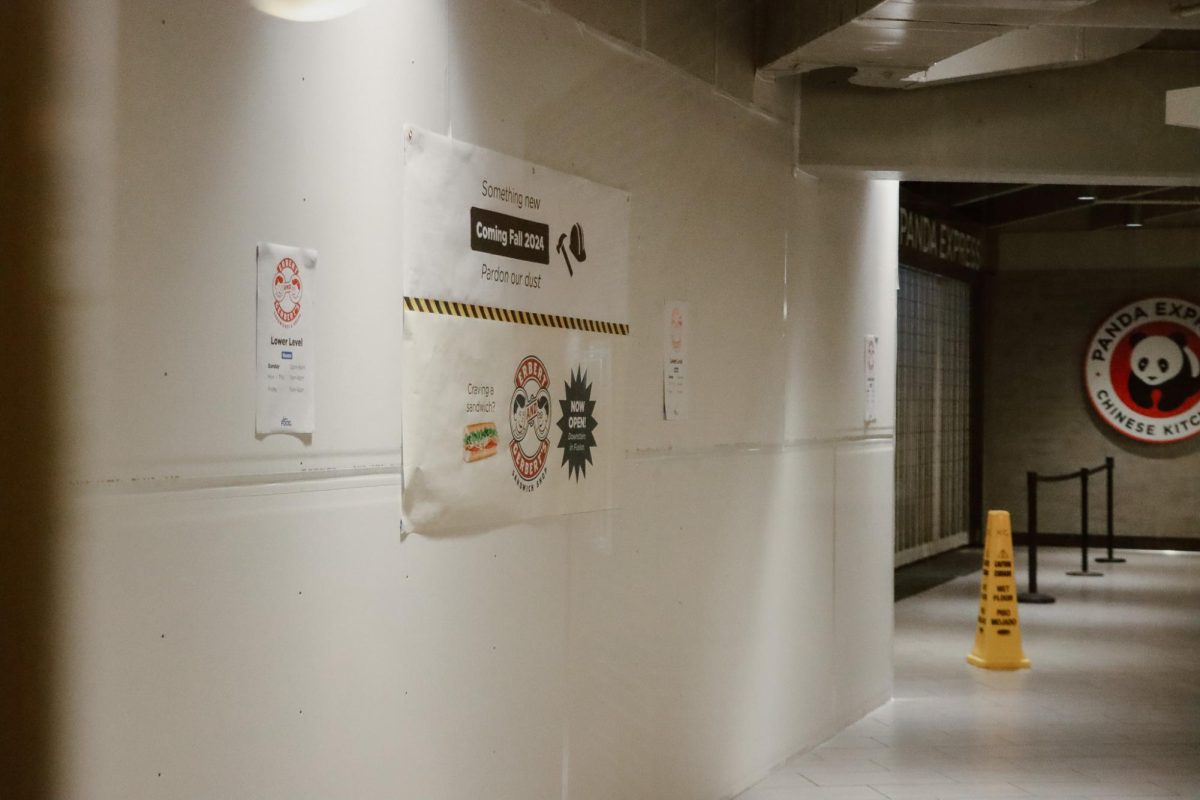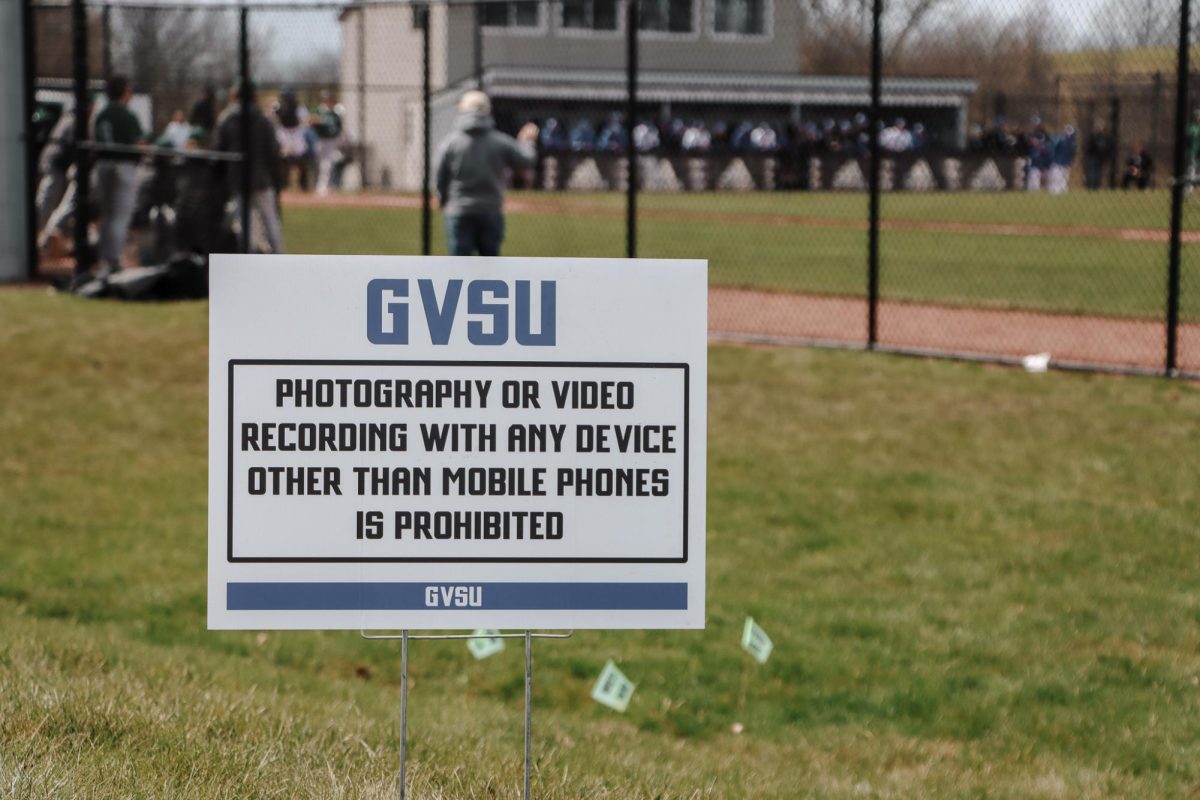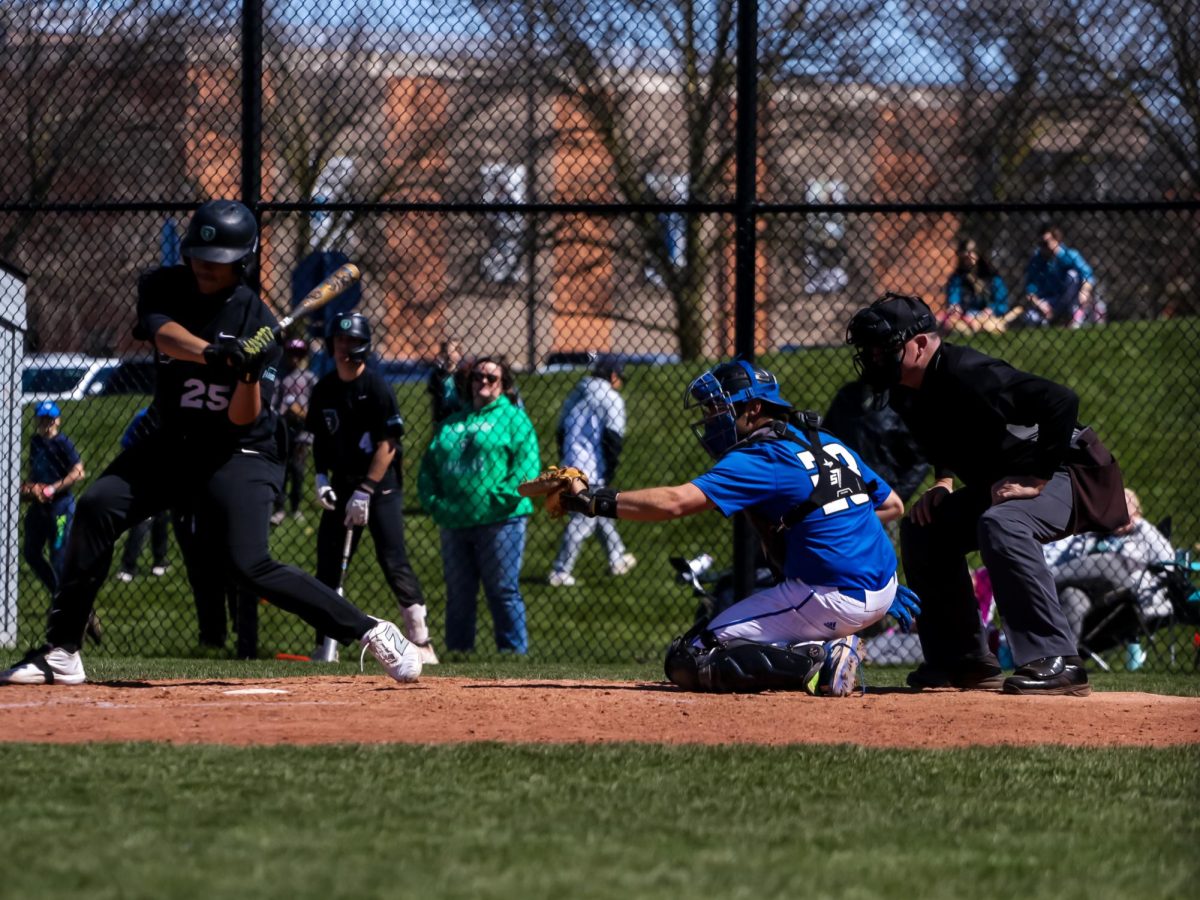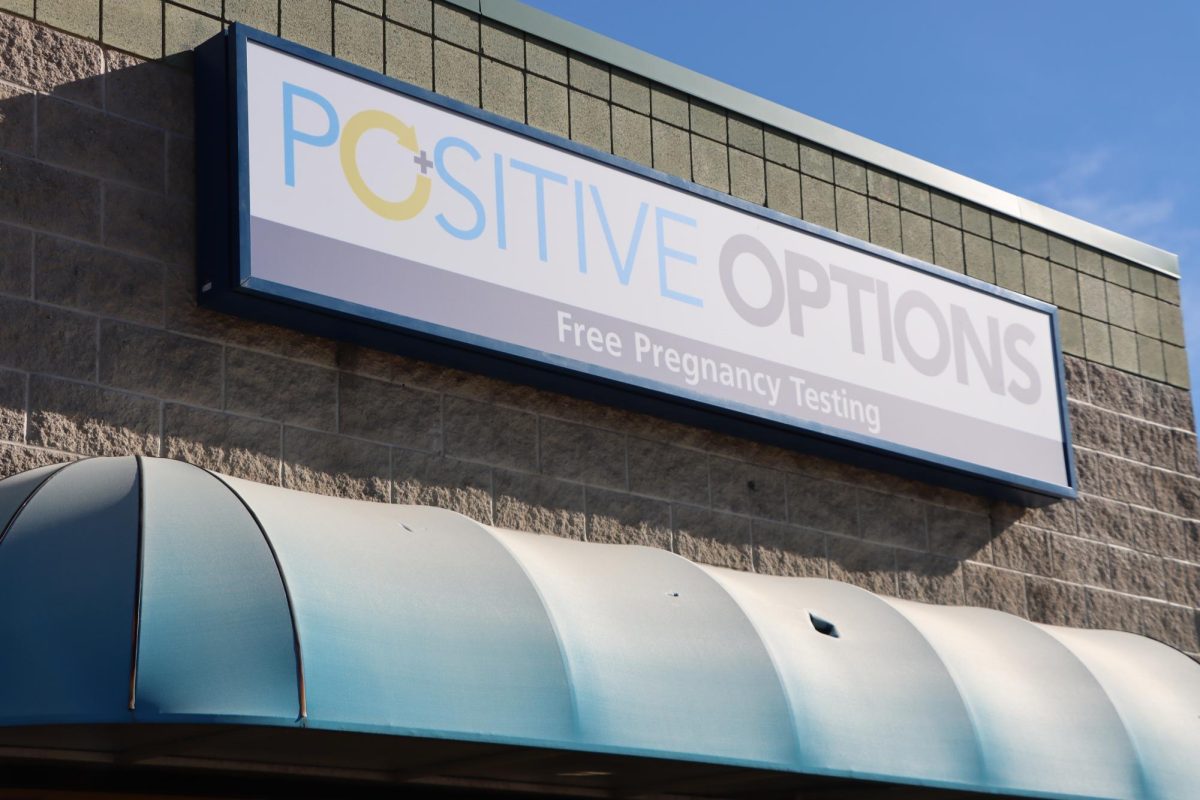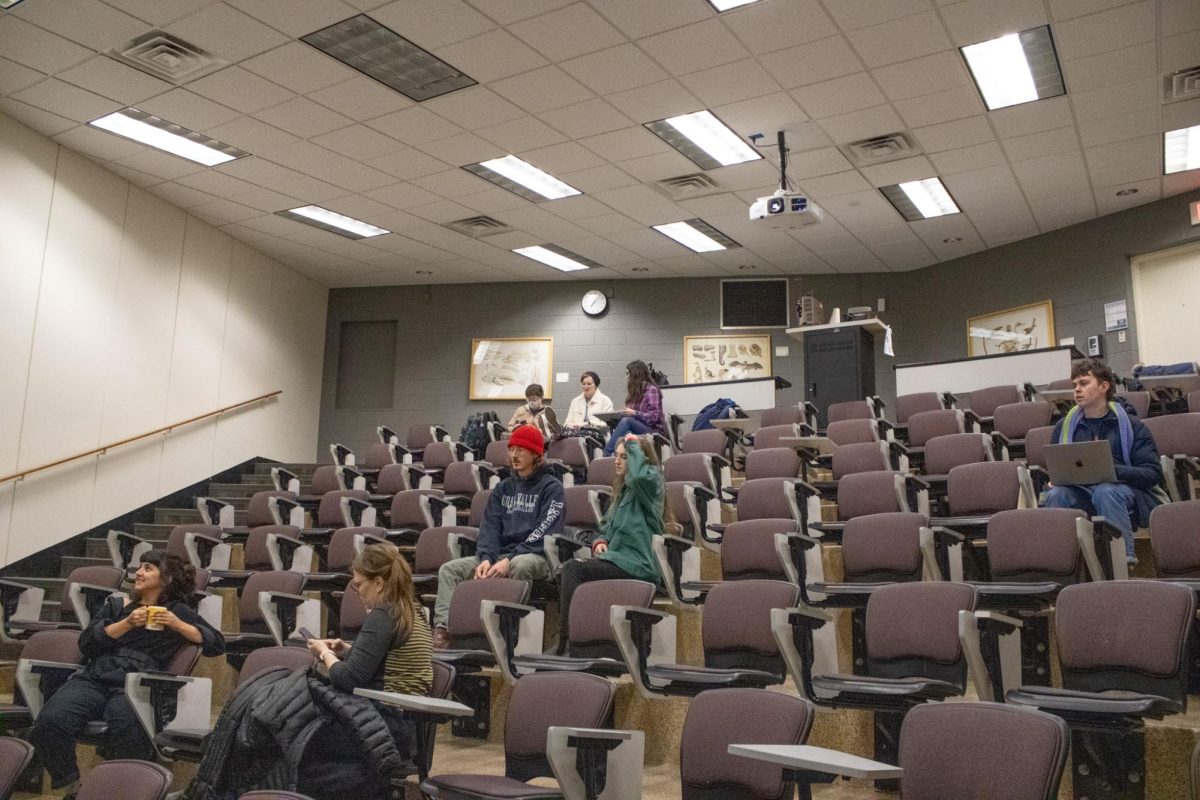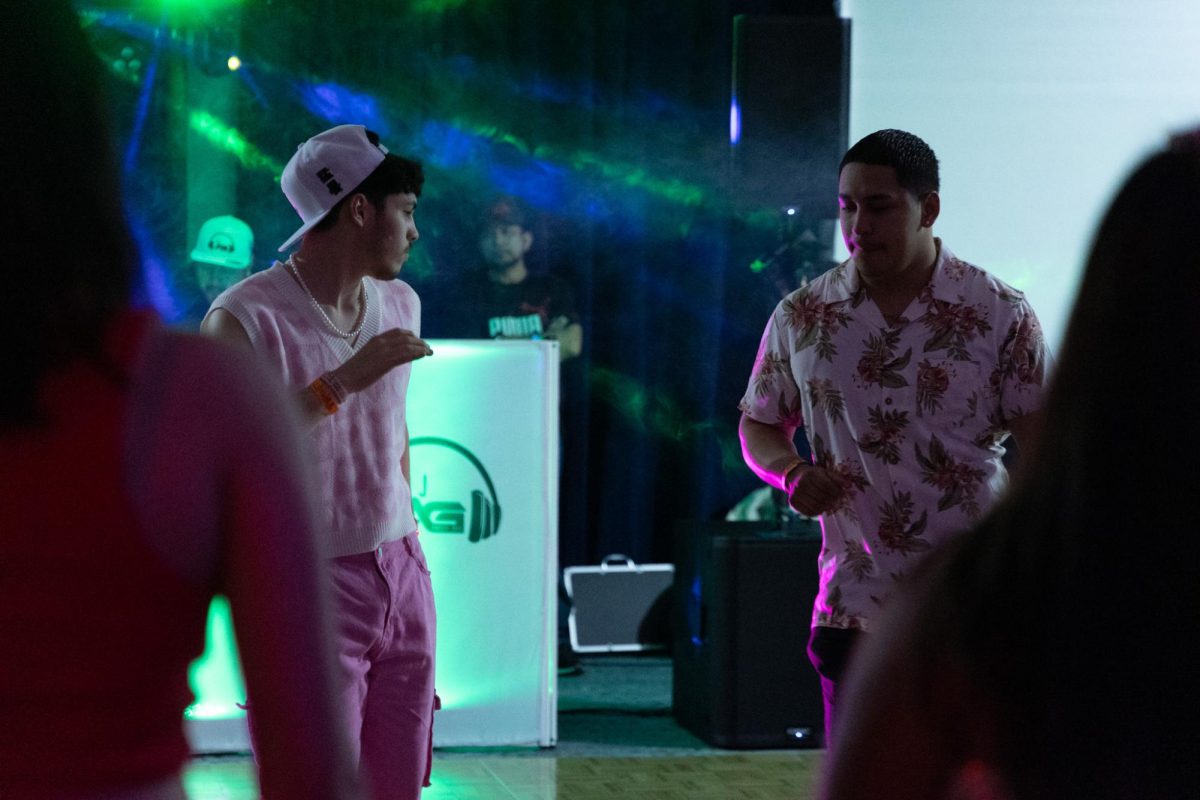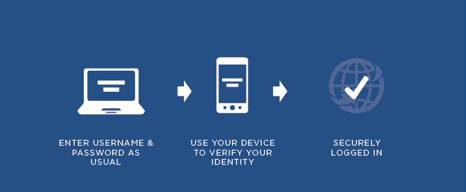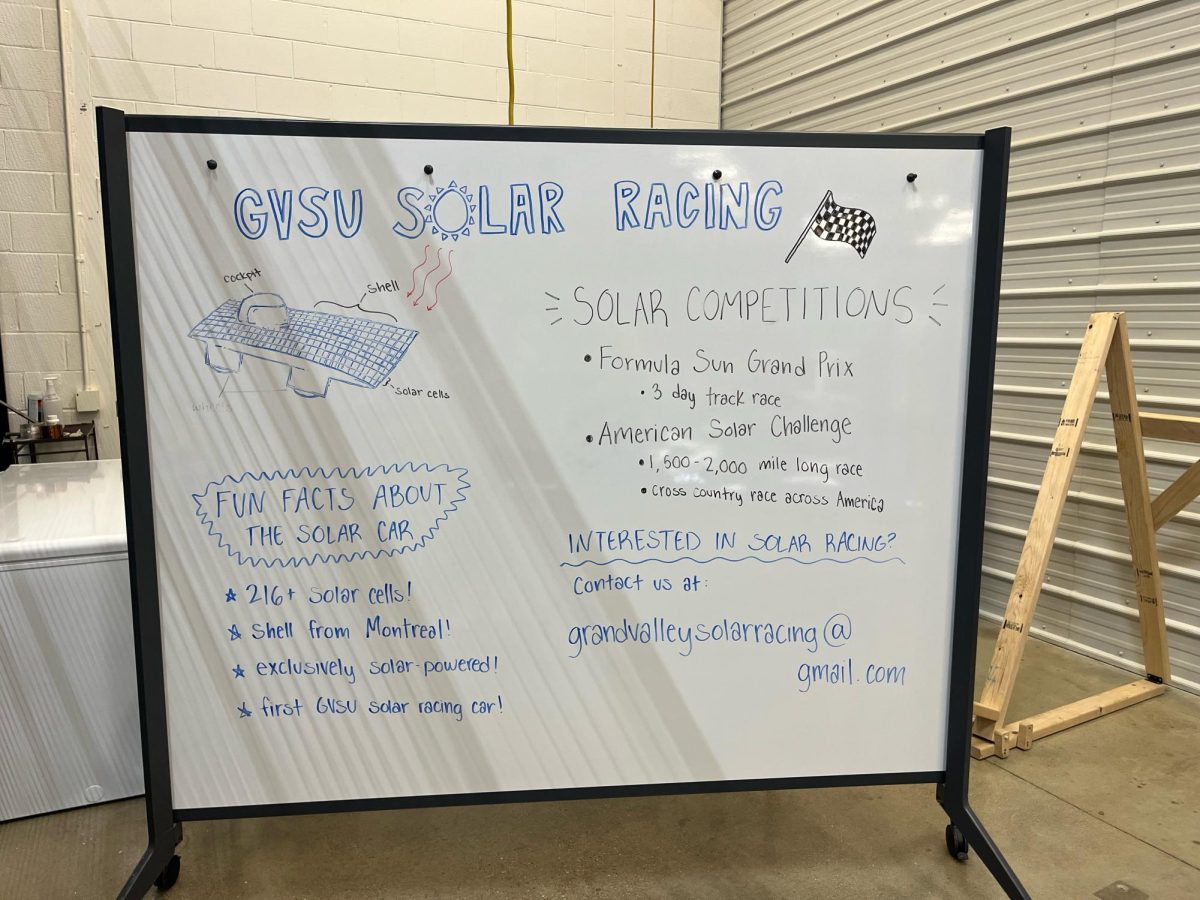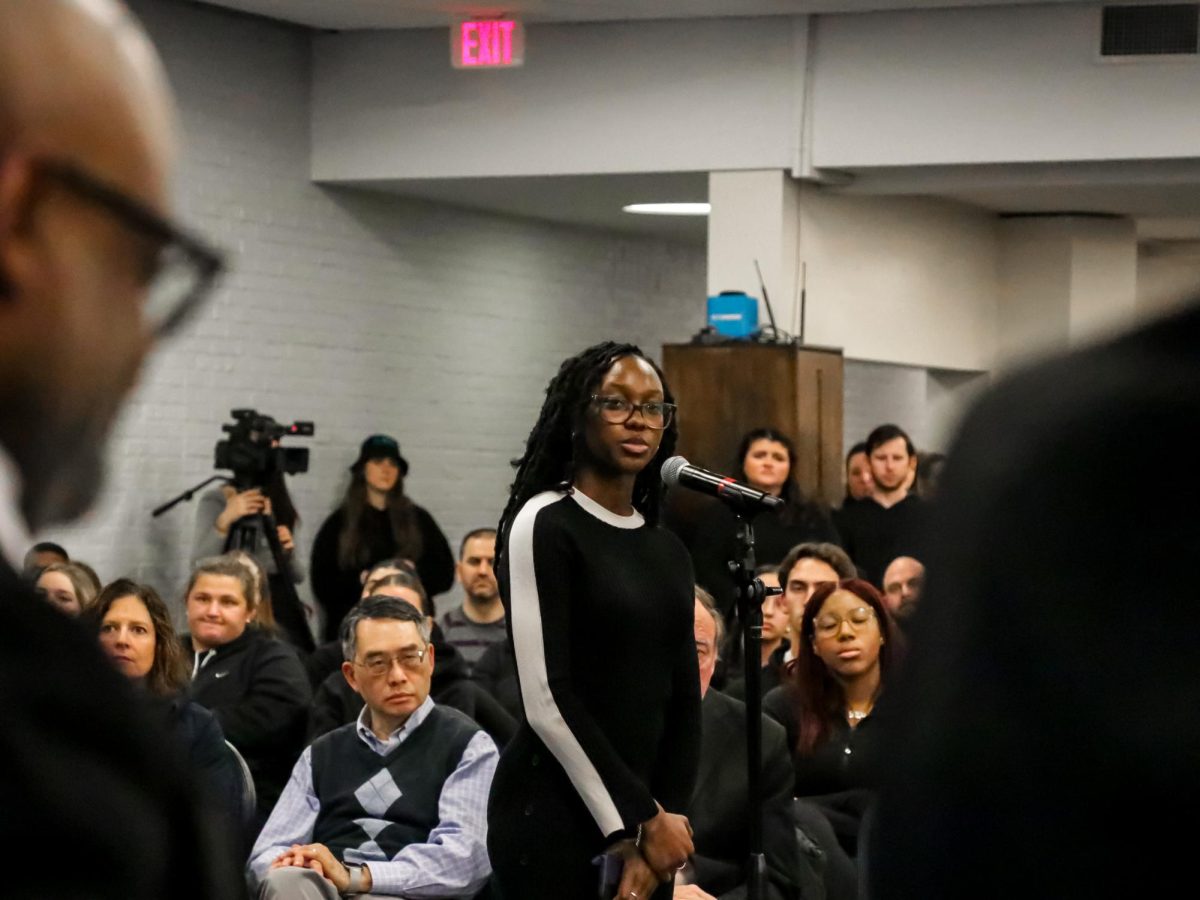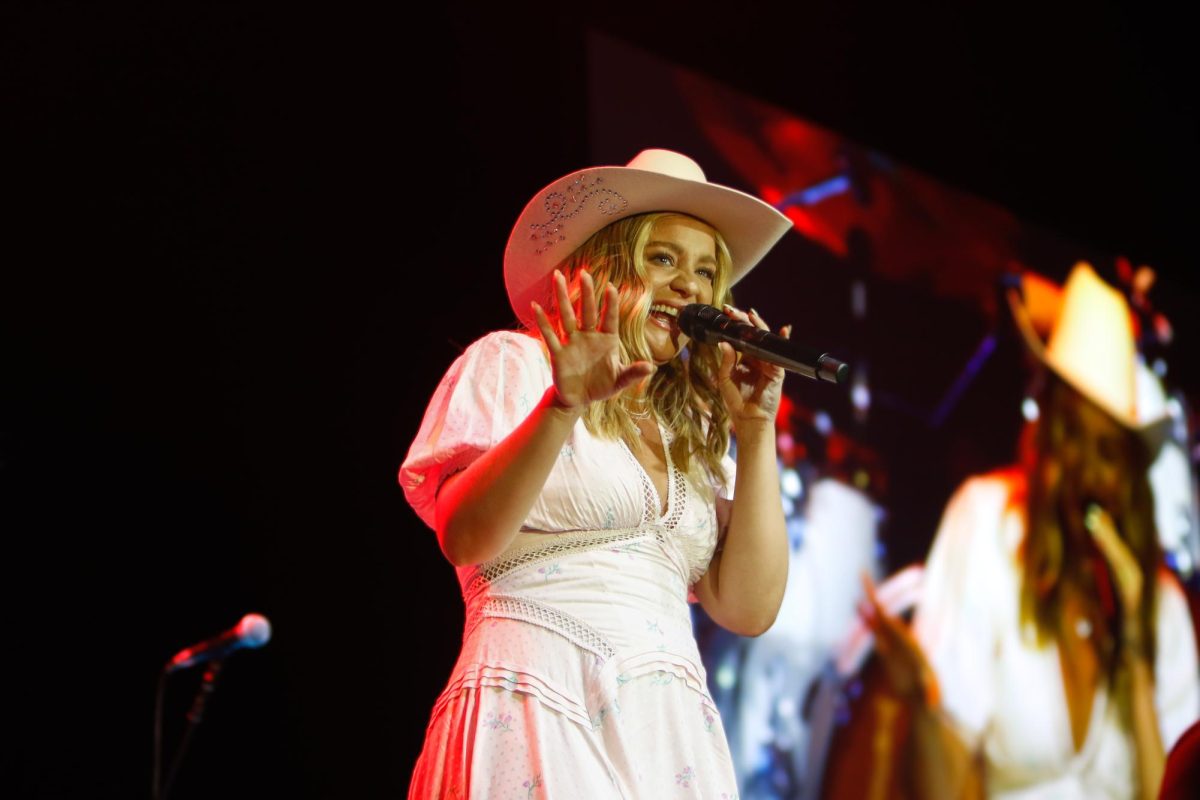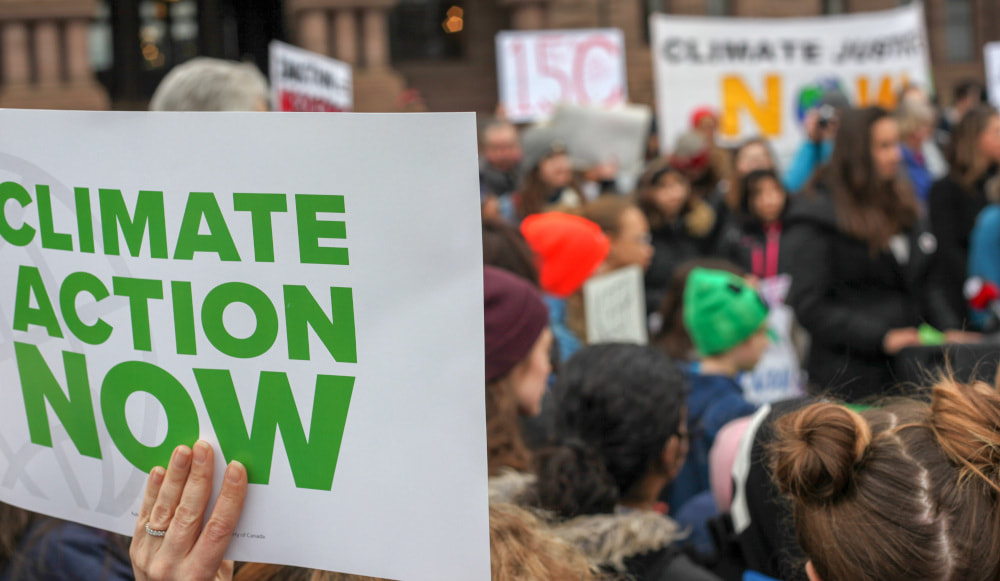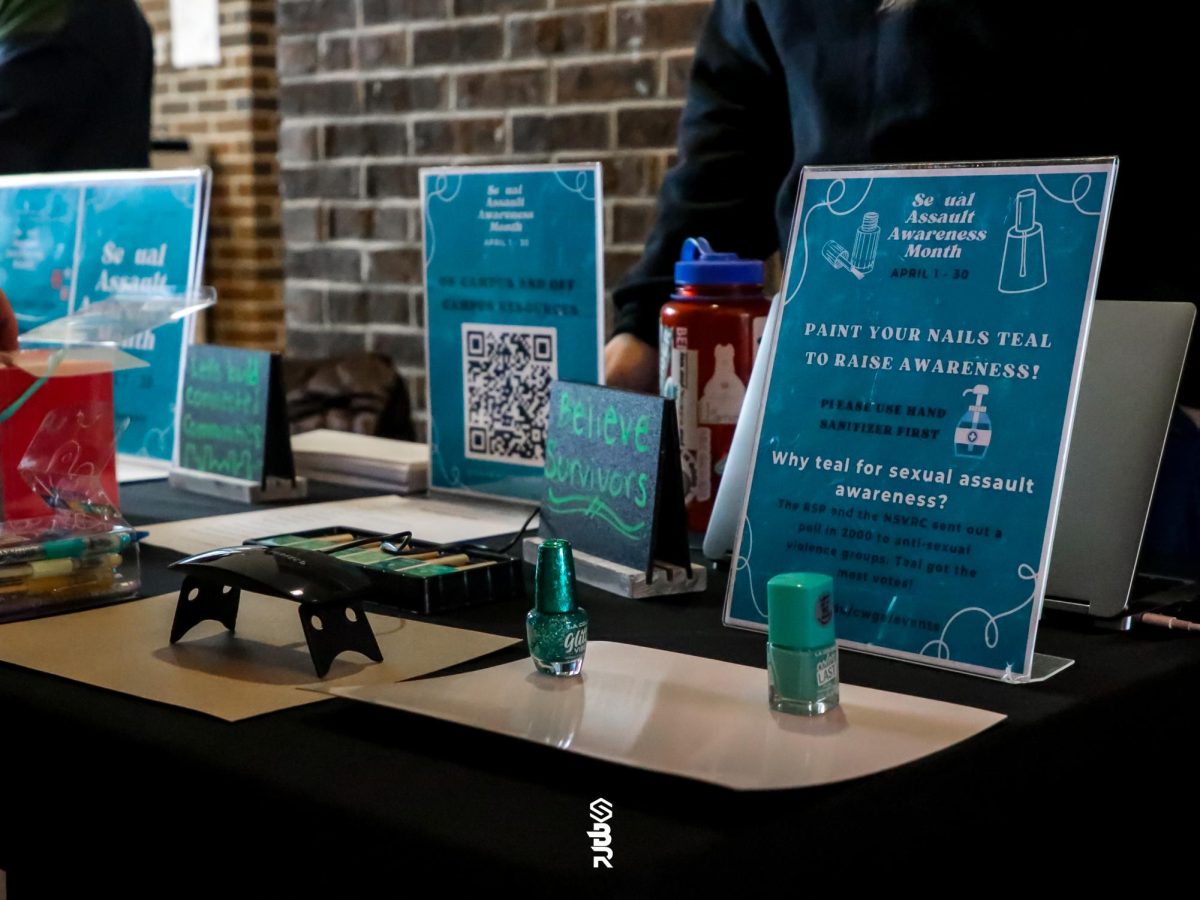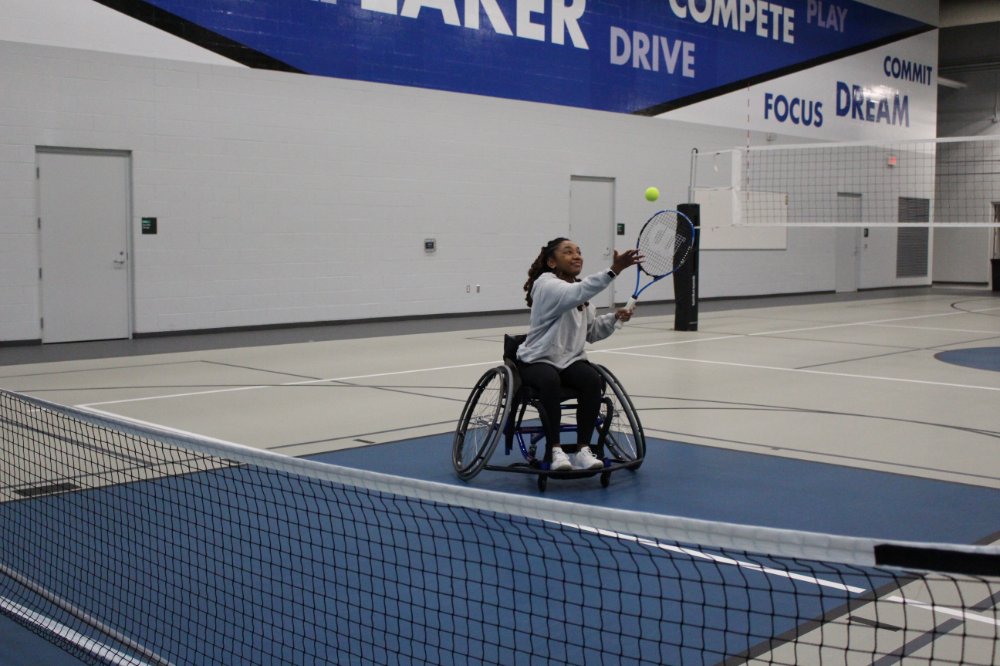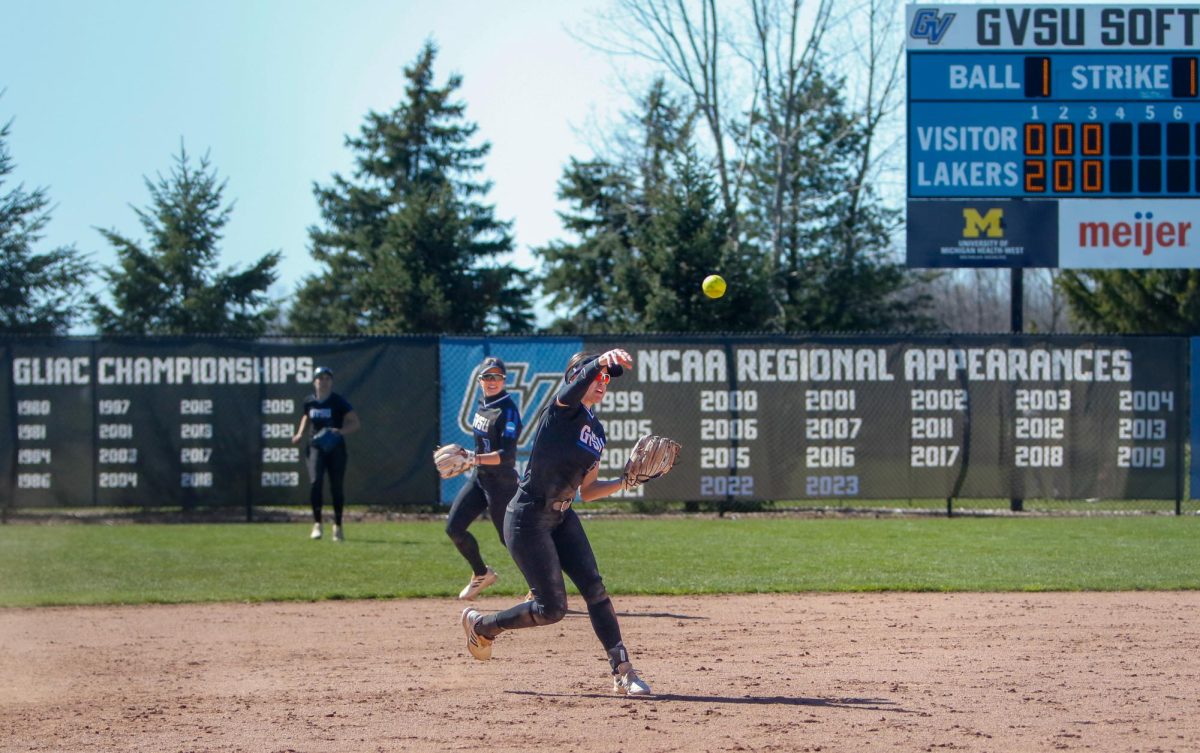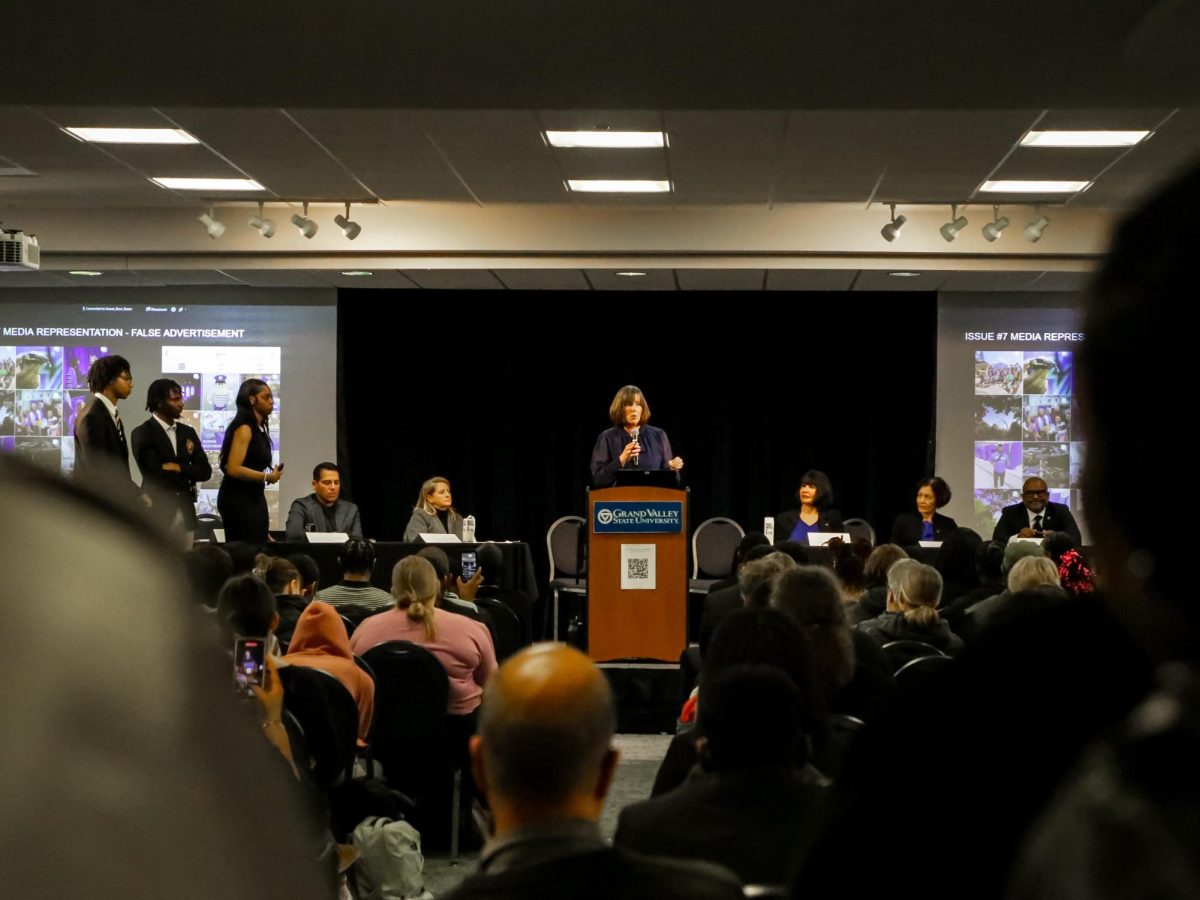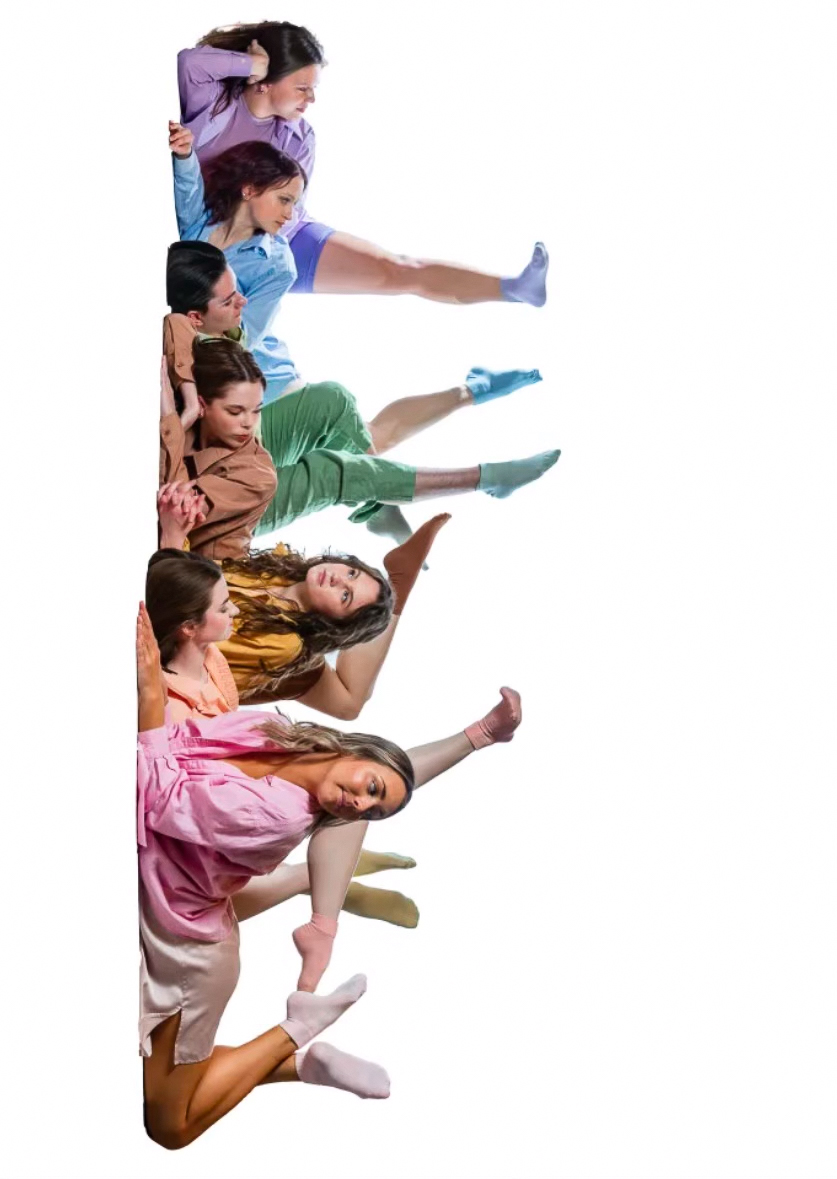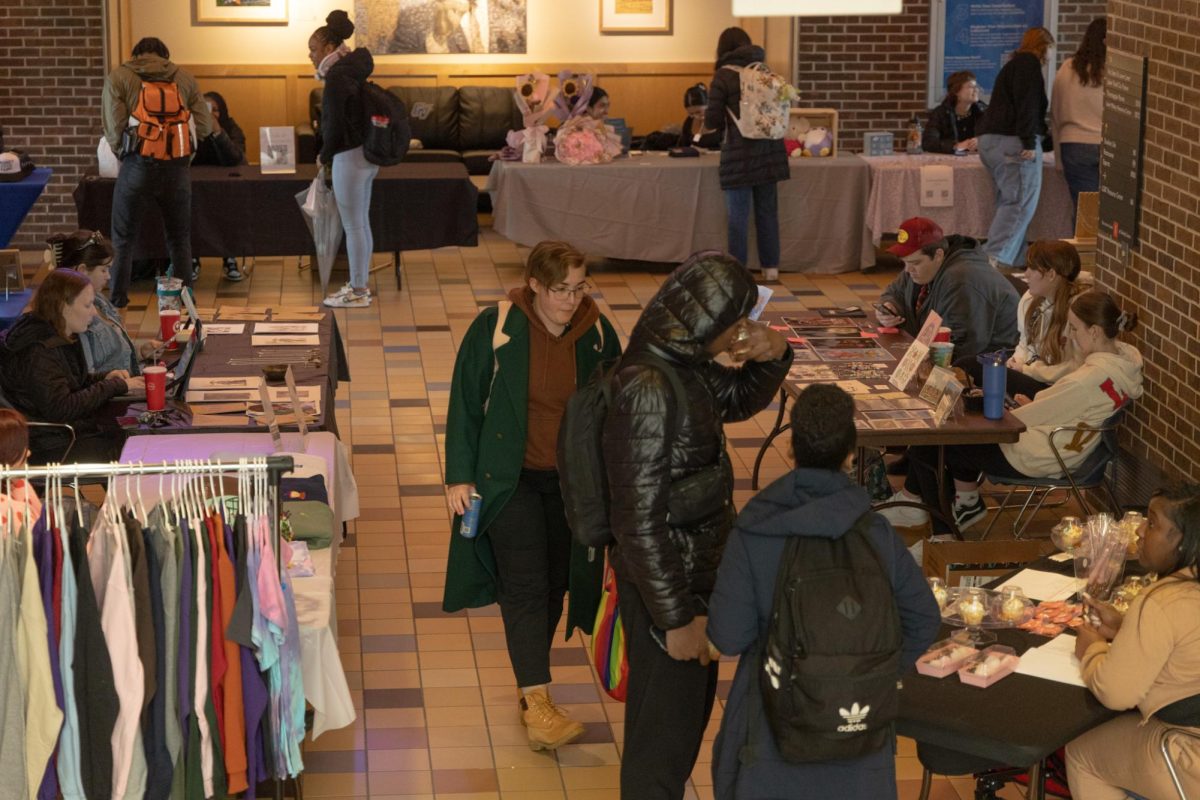Poverty education a focus for MLK Day
Jan 24, 2013
On a cold and snowy Martin Luther King Day, the Grand Valley State University Women’s Center, student organization Hunger and Homelessness and Access of West Michigan joined together to give participants a realistic idea of what poverty really looks like.
The Women’s Center and Hunger and Homelessness collaborated to bring Access of West Michigan and the Poverty Simulation, a program where participants have the opportunity to simulate living in poverty and face the challenges that accompany it, to GVSU.
Each participant was asked to select a seat set up in a small circle of two to five chairs. Each circle would be considered a ‘family’ during the 45-minute simulation.
Surrounding the room were ‘community resources,’ tables set up to represent everyday businesses and offices that would be found in a typical neighborhood. The community resources ranged from grocery stores and banks to a pawnshop and a ‘quick cash.’ Participants would be able to use these resources to provide for their ‘families.’
“It’s designed to be an educational experience, connecting the academic classroom experience to the real world,” said Brittany Dernberger, assistant director of the Women’s Center.
Cheryl Hillman, the poverty education coordinator for Access of West Michigan, said the simulation program was created about seven years ago, and since then the organization has organized over 100 simulations.
“It is a game format, but it’s not a game,” Hillman said. “(The event) deals with issues surrounding poverty and the lives affected by poverty.”
The ‘families’ represented different types of families that are likely to be at risk of poverty. Some included single-parent households with multiple children, and others were elderly couples coping with illnesses or diseases. Each family received an envelope filled with basic information about the roles they would be playing during the simulation. The information in the envelopes described what challenges and situations the families would be facing.
Hillman explained participants would be living in poverty for one month, each week consisting of 15 minutes. During those 15 minutes, their goal was to provide food for their family and pay their rent and utilities.
When the simulation began, participants took some time to get acquainted with the facts of their families and set out to the community resources. Lines formed early at the tables, with participants looking noticeably upset when the 15 minutes was up and the tables closed.
The simulation continued for three more 15-minute sessions, each providing the families with different challenges and struggles. Many times throughout the sessions participants encountered problems and had to make tough decisions, some turning to simulated stealing and violence to get what they needed. Toward the end of the fourth session, families that had not paid rent were ‘evicted’ and forced to go to a shelter.
After the final session, participants broke into small groups to discuss their experience during the simulation. Many groups shared that they felt they didn’t have enough time in the day to get done what they needed, or they didn’t have the adequate supplies to provide for their families.
Hillman facilitated the discussion and also shared resources such as food shelters and mentoring programs. The audience shared that during the simulation, they participated in simulated stealing or other crimes to get money, but they wouldn’t do that in their everyday lives.
“People in poverty don’t have different morals,” Hillman said. “But sometimes desperate situations call for desperate measures.”
The program was designed for 75 participants, but even with the major snow that hit Allendale on Monday, Dernberger said that both sessions were over capacity.
Crystal Fisher, a GVSU student and participant in the poverty simulation, said she felt helpless and sad during the event.
“I actually came in thinking, ‘Aren’t we all living in poverty? We’re college students,’” Fisher said. “I’ll definitely be more aware now.”


